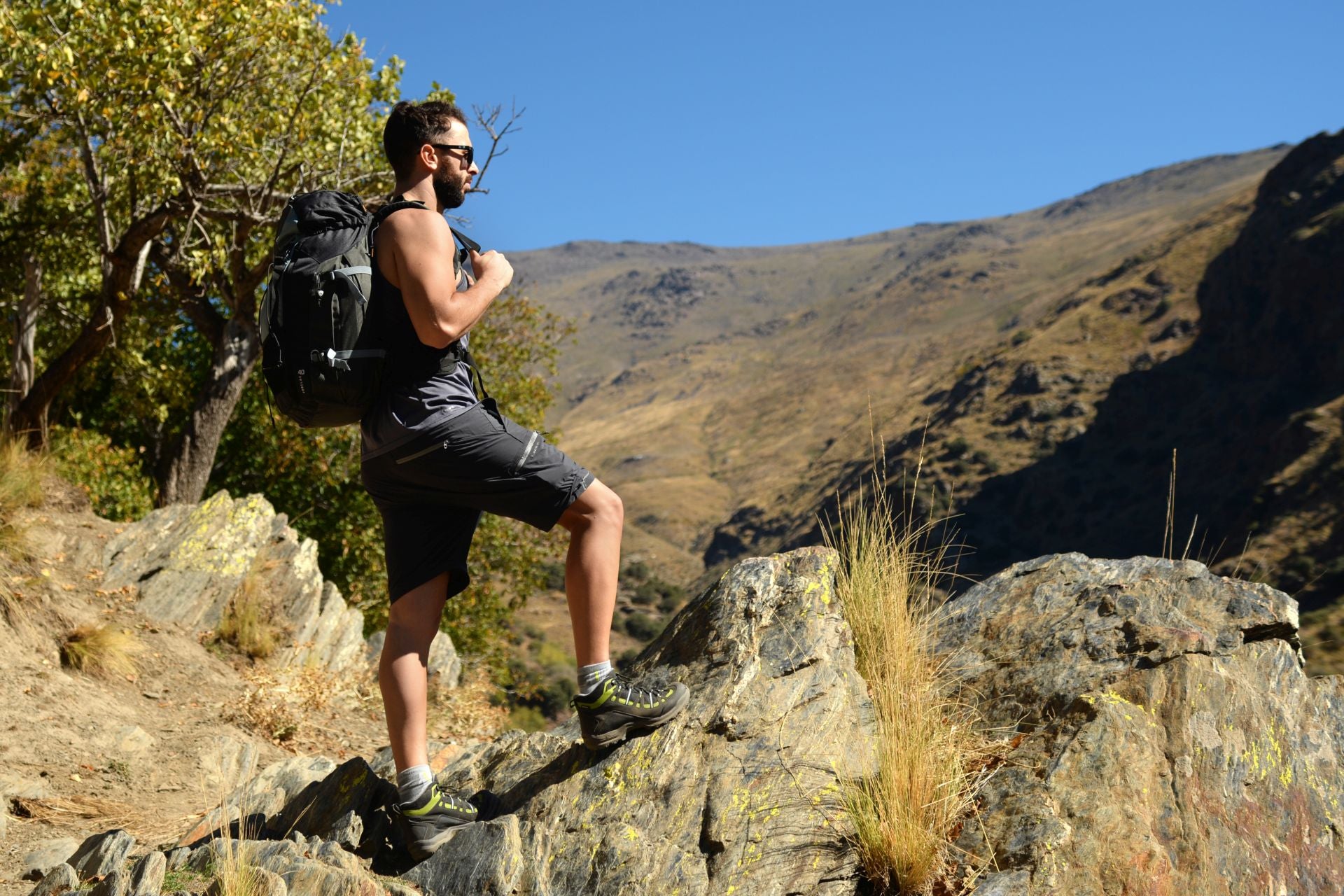Tranquil Moorish enclave in the heart of La Alpujarra
Bubión is one of the most beautiful villages in Granada, favoured for its spectacular location
Tony Bryant
Friday, 15 August 2025, 14:18
With a population of just 311 inhabitants (INE 2024), Bubión is one of the most beautiful and tranquil villages in Granada. Nestled in the Sierra Nevada mountains, this delightful village favours mild temperatures, especially at night. The average high for this time of year is around 25C, while the minimum temperature at night is 16C.
Located in the northwestern part of La Alpujarra, a large part of its municipal area belongs to the Sierra Nevada natural park. Its proximity to nature and mountains makes it a very interesting destination for those who want to avoid the hubbub of coastal towns at this time of year. Its central position affords impressive views over the peaks of the Sierra Nevada, the Rio Poqueira ravine and, on clear days, the Mediterranean coastline.
The GR7/E4 network of long-distance footpaths that traverse Europe runs through Bubión; while several walking routes link the village with its two neighbours, Capileira and Pampaneira, and mount Mulhacén, the highest mountain in Spain.
Bubión, and nearby Capileira and Pampaneira, have become popular destinations because of their spectacular location. The three villages, with their characteristic Moorish layouts, have been designated as a region of special artistic and historical importance (Conjunto Histórico Artístico).
Architectural richness
A stroll around Bubión’s charming narrow streets reveals great architectural richness. Many houses were built by the Berbers and subsequently preserved by the town’s inhabitants. These buildings are mainly small white houses with flat slate roofs, called terraos, topped by unusual chimneys. The oldest houses, with their Alpujarra-style archways, known as ‘tinaos’, are located in the historic centre, where flower-filled streets and an abundance of trickling fountains and water features offer a cooling experience and a unique peak into the Middle Ages.

The lower part of the village is where the 16th-century Mujdéjar-style Nuestra Señora del Rosario church is located, along with the Alpujarra museum, formerly a house built around the time of the reconquest of Spain in the late 15th century.
Located in the town’s main square (Plaza del Dr Pérez Ramón), the church, the most prominent building in the village, was built on the site of a mosque. Nine years after its completion in 1570, the temple was burned during a Morisco uprising. In 1804, the tower was destroyed by an earthquake and later rebuilt by a local architect.
Next to the church is one of the village’s two wash houses (the other is in Placeta del Sol). Supplied with water from the melting snow of the Sierra Nevada, these old wash houses were not only used for laundry, but were a communal meeting space where the local women would congregate.
Another interesting aspect of the old village lifestyle that can be seen today are the few traditional textile looms that have been preserved in the region. Of particular interest is the Hilacar blanket loom, the only artisan textile workshop for blankets in the region which works with looms that are more than 200 years old.
Foodies will not be spoilt for choice as Bubión, which is famous for its cured hams, black pudding and chorizo sausages, has several restaurants and bars serving traditional dishes made with fresh regional produce. One of the oldest eateries is Restaurante Teide, which has remained popular with visitors and locals for 50 years due to its traditional-style cuisine and a terrace offering beautiful views of the ravine.

Comentar es una ventaja exclusiva para registrados
¿Ya eres registrado?
Inicia sesiónNecesitas ser suscriptor para poder responder.
Necesitas ser suscriptor para poder votar.